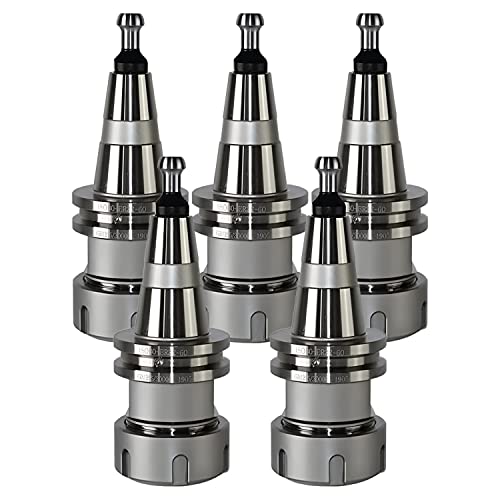If anyone wants to make a real cut knurling tool similar to the Dorian tool, Home Shop Machinist magazine, March thru Dec. 2010 contain the construction dwgs. and instructions. It is somewhat complicated to build, requiring 3 small gears to be made or purchased, but is no more of a challenge than many of the simple motors we build. I do believe the author over-complicated the design somewhat by specifying ball bearings for the wheel shafts. All the commercial tools I found on-line appear to use simple bronze bearings instead and I have found that it works perfectly well. After all, RPM is low and the cutting oil provides more than sufficient lube for the hardened steel knurl cutters running against bronze thrust washers. The tool provides synchronized adjustment of the cutter spacing to accommodate different work piece diameters. Once you get the hang of it, it will produce excellent quality knurls in brass, aluminum, and soft steel.
WOB




















![DreamPlan Home Design and Landscaping Software Free for Windows [PC Download]](https://m.media-amazon.com/images/I/51kvZH2dVLL._SL500_.jpg)
















![TurboCAD 2020 Designer [PC Download]](https://m.media-amazon.com/images/I/51UKfAHH1LL._SL500_.jpg)












![MeshMagic 3D Free 3D Modeling Software [Download]](https://m.media-amazon.com/images/I/B1U+p8ewjGS._SL500_.png)























